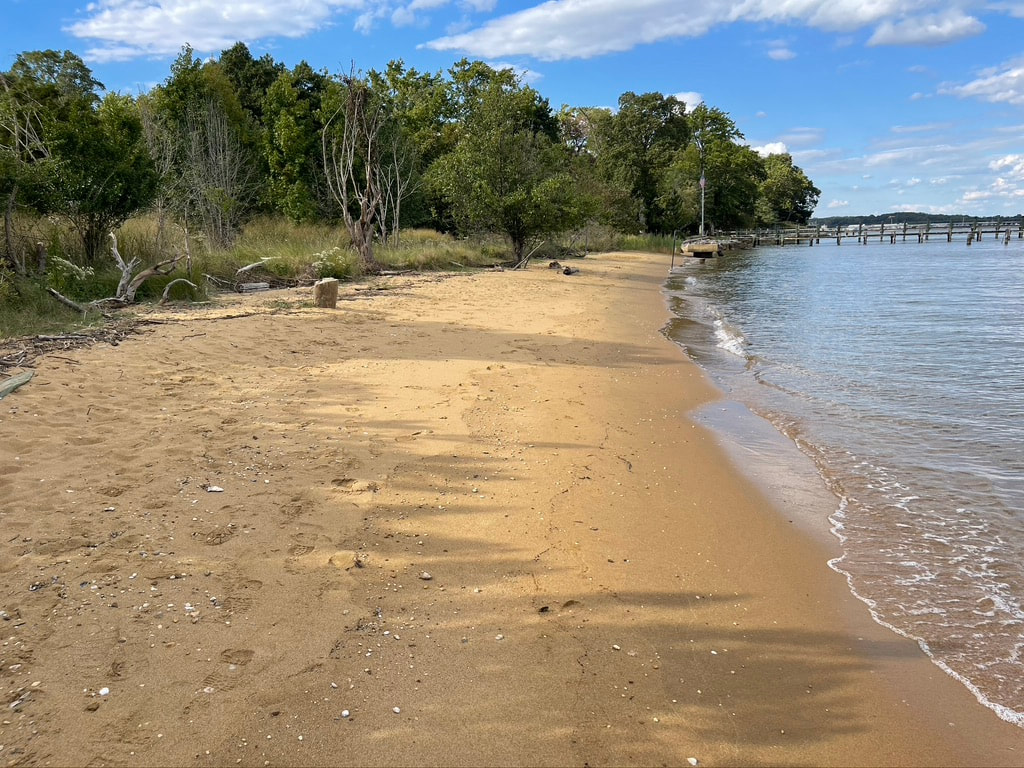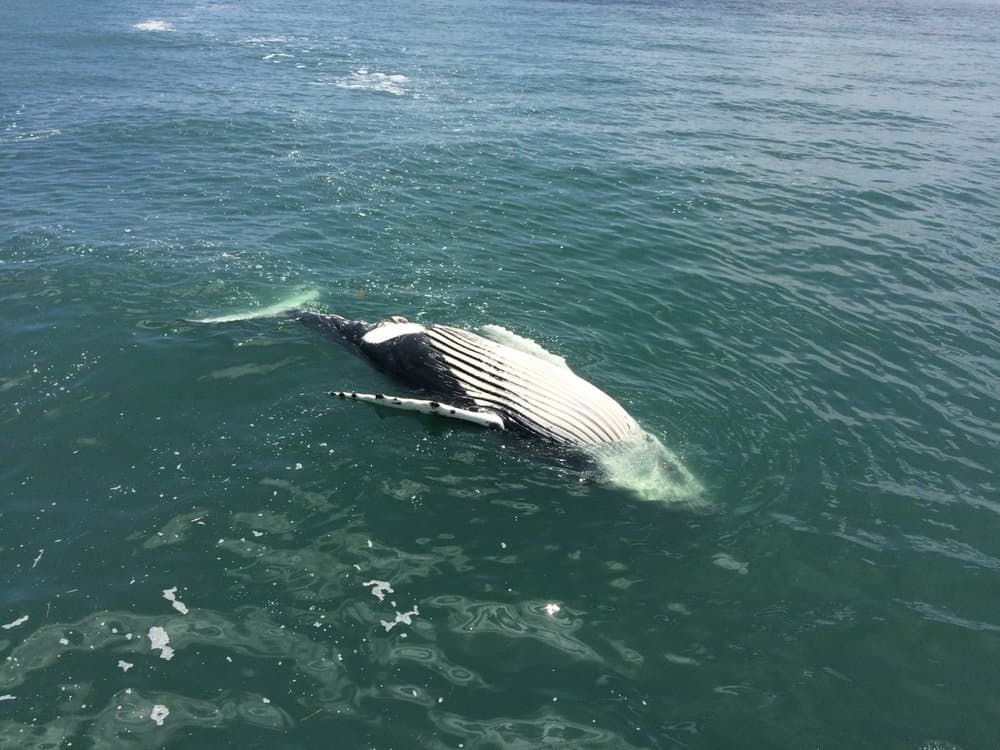A new park celebrating the Bay’s historic Black beaches will soon be home to a rich collection of exhibits teaching visitors about their impact—thanks to a new federal grant of $50,000.
In 1902 the formerly enslaved Frederick Carr purchased 180 acres of land in Anne Arundel County. When it was passed down to his daughters, Ella Carr Smith and Florence Carr Sparrow, the sisters turned the land into the famed Carr’s and Sparrow’s beaches. Nearby Elktonia Beach was part of the original property. For more than three decades beginning in the 1940s, the two women owned what Blacks of the Chesapeake Founder Vincent Leggett describes as “two of the most fabulous beaches on the Chesapeake Bay.”
During the Jim Crow era, Carr’s and Sparrow’s beaches were meccas of Black entertainment. James Brown, Otis Redding, Sarah Vaughn, Etta James, and Fats Domino, were among the performers who graced the Carr’s Beach stage. On summer Sunday afternoons, charter buses and boats for hire brought passengers from the Eastern Shore to the beaches.
“Boat captains were the Uber drivers of the day, ferrying people from Matapeake and Rock Hall over to the beaches in their oyster and fishing boats,” Leggett said.
But there’s a second act to the story, he insists. “So often when people talk about the beaches, the story is simple: James Brown came, we danced, he left and everybody had a good time. There are many more layers to explore,” he said.
“We want to celebrate the history and legacy of those two pioneering women but also the fact that the beaches afford employment opportunities, particularly for African American female teachers. Many were professionals with advanced degrees, women who were paid less than their white counterparts. To supplement their incomes they worked in the kitchens, concession stands, and pitch and toss games.”
Legget says it was uplifting to the community to have a space owned, operated, and managed by African Americans in the time of Jim Crow laws.
Through a $50,000 grant award by the African American Cultural Heritage Action Fund, a program of the National Trust for Historic Preservation, Blacks of the Chesapeake will interpret the area’s Black history through the Elktonia Heritage Park.
The park is on the site of the original Elktonia Beach, the only one of the three beaches that still remains undeveloped (most property is a private condo development). It officially became a park last August.
In collaboration with its primary partners, the Chesapeake Conservancy and the Chesapeake Conservation Partnership, BOC will also work with the city of Annapolis, the State Commission on African American History and Culture, Anne Arundel County, and federal partners to add new features.
The five acres of Elktonia Heritage Park will house walking trails, picnic and observation areas, kiosks, and signage, telling not only the beachers’ history, but also the history of watermen and maritime workers throughout the Chesapeake.
The partner group is looking to acquire the adjacent .65 acres to serve as a first-class visitors center as well as a Blacks of the Chesapeake Cultural and Education Center. The complex is almost six acres but the “stories are mammoth,” Leggett emphasized, and through the use of technology, the goal is to amplify each of them.
“We have the agency, authority, and academic capability to tell our own story. Our aim is to elevate the stories that happened not only along the beaches at this latitude and longitude but African American life along the reaches of the Chesapeake Bay.”
Click here for more information on the programs and projects of Blacks of the Chesapeake.
To visit Elktonia Heritage Park, access the trailhead by parking at Ellen Moyer Park, crossing Bembe Beach Road, and walking the dirt road to the trailhead [at the fork in that dirt road, go right to trailhead, left toward Baywoods]. The City of Annapolis advises good walking shoes and a liberal spray of insect repellent. The city estimates it’s about two minutes from the parking lot to the trailhead and another three minutes to the beach.
-Niambi Davis




